Air purifying plants: 12 indoor varieties to grow
All plants help to make us feel better, but these air purifying plants can reduce airborne pathogens such as bacteria, fungi and mold

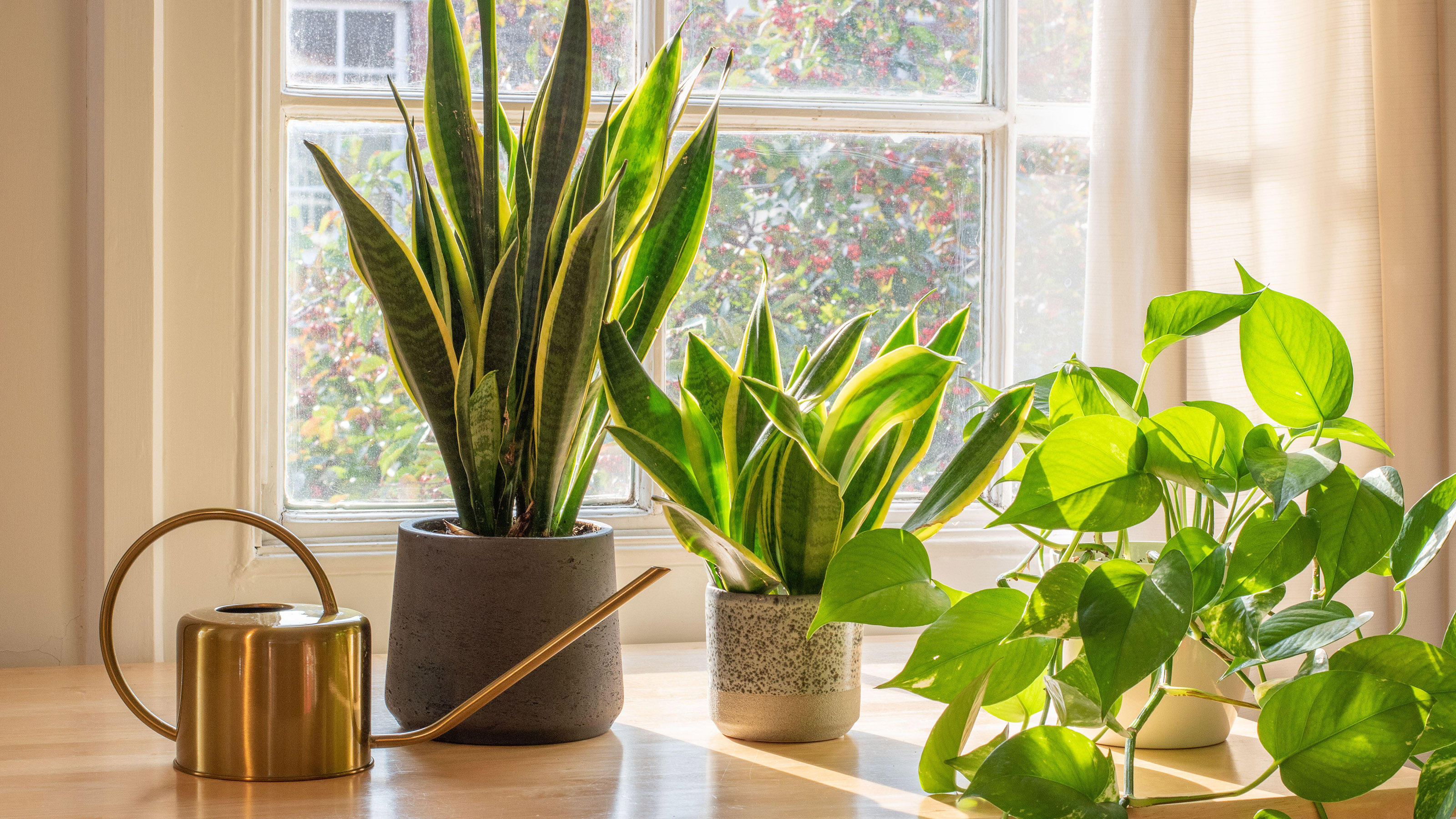
All air purifying plants can improve our health in many ways, absorbing harmful carbon dioxide and releasing oxygen into the air through a process known as photosynthesis, as well as helping to balance humidity levels, which is also beneficial to our wellbeing.
An often-cited 1989 study by NASA also found that some houseplants could reduce levels of air-borne toxins such as Volatile Organic Compounds (VOCs), which include a range of harmful chemical gases emitted from furnishings, detergents, and paints. However, more recent research has shown that even the best indoor plants absorb such low levels of toxins that you would need a forest of them to purify the air effectively, while simply opening a window for couple of days after buying new carpets and furniture to allow any harmful VOCs to escape would be a more effective solution.
While research is on-going, these are the best air purifying plants which have been found in some experiments to reduce airborne pathogens and air pollutants.
Improve the ambience of your home with air purifying plants
Air purifying indoor plants can help to improve your mental health and boost immunity levels while adding natural decoration to your home, so you have nothing to lose even if their air purifying abilities are not as strong as previous studies, such as the NASA study, might have suggested.
1. Weeping Fig (Ficus benjamina)
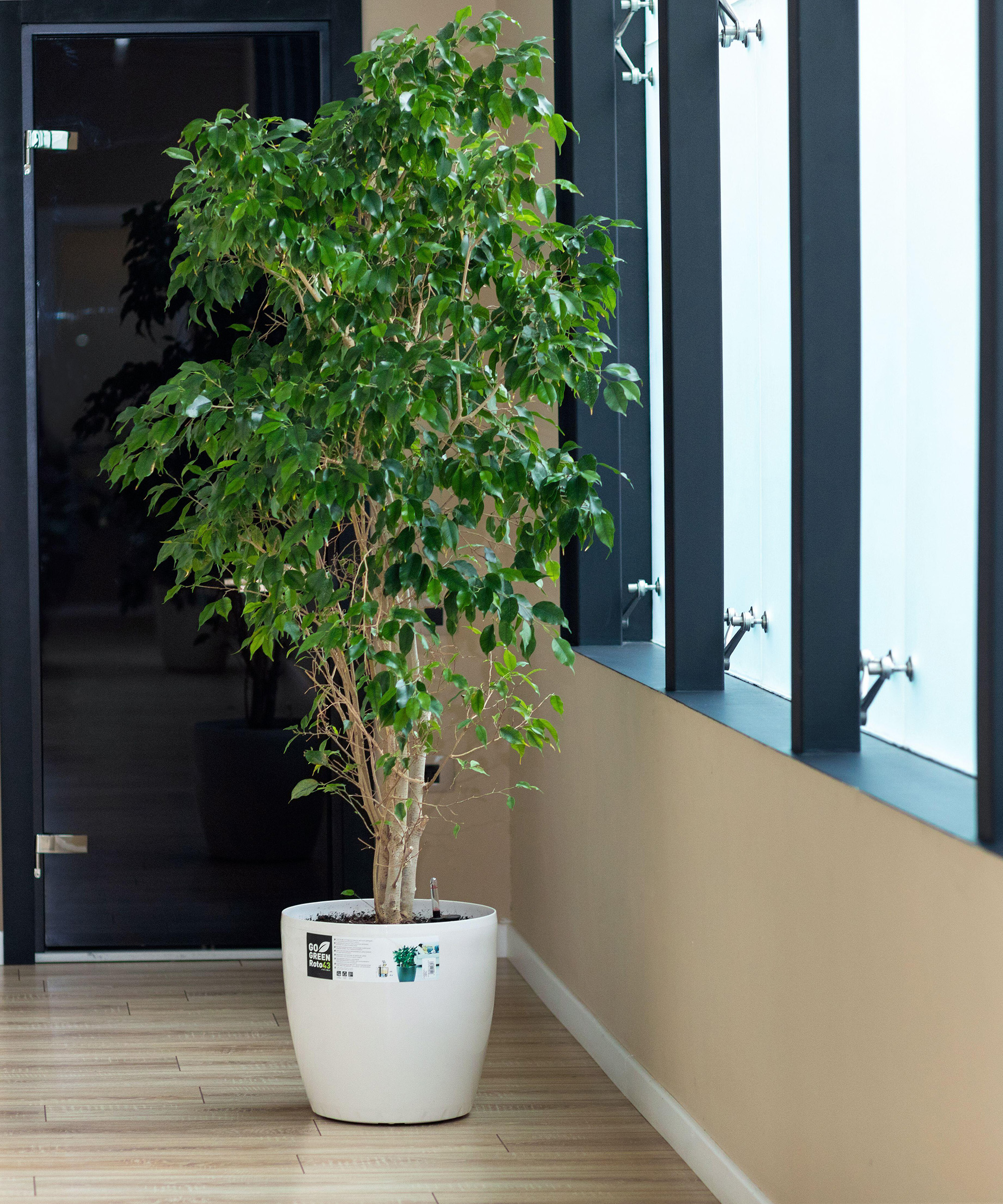
This elegant houseplant has been shown to regulate levels of bacteria and molds in the air and to absorb small quantities of VOCs and other harmful gases. Although quite demanding, when happy a weeping fig will reward you with graceful arched stems of small green leaves, or try the beautiful ‘Variegata’, with its cream-splashed foliage, for a more colorful effect.
These tall air purifying plants plant can reach over 5ft (1.5m) in height and require space to grow in a draft-free indoor garden that offers filtered sun or light shade.
Water with tepid rainwater or distilled water and feed with a half-strength balanced liquid fertilizer once a month from spring to fall. Mist the leaves in summer and do not move or repot it, as this can result in leaf drop.
2. Peace lily (Spathiphyllum wallisii)
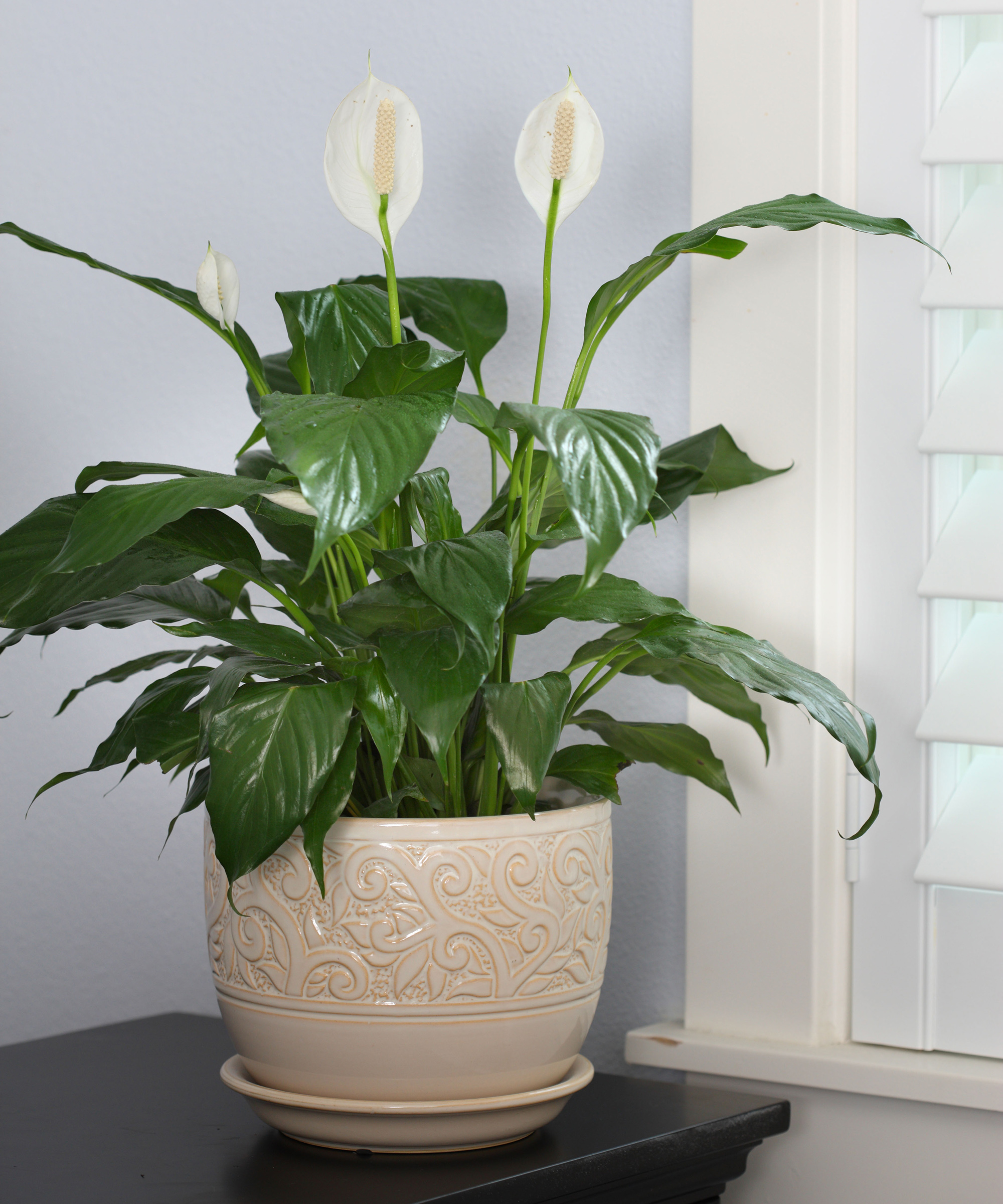
Deservedly popular, the peace lily may help to keep bacteria and mold spores at bay and it has been shown to absorb small quantities of benzene, a harmful VOC used in many industries and found in car exhaust fumes. Which is why this makes our list of air purifying plants.
An ideal plant for beginners, this compact plant produces glossy dark green leaves and long-lasting white tear-shaped flowerheads, which emerge in spring. Set your plant in filtered sun or light shade, and keep the compost moist from spring to fall; water only when the top of the compost feels dry in winter.
It will recover from short periods of neglect – the leaves will droop when it’s thirsty. Mist the foliage every week or two in summer, and apply a balanced liquid fertilizer once a fortnight from early spring to late fall.
3. Areca palm (Dypsis lutescens)
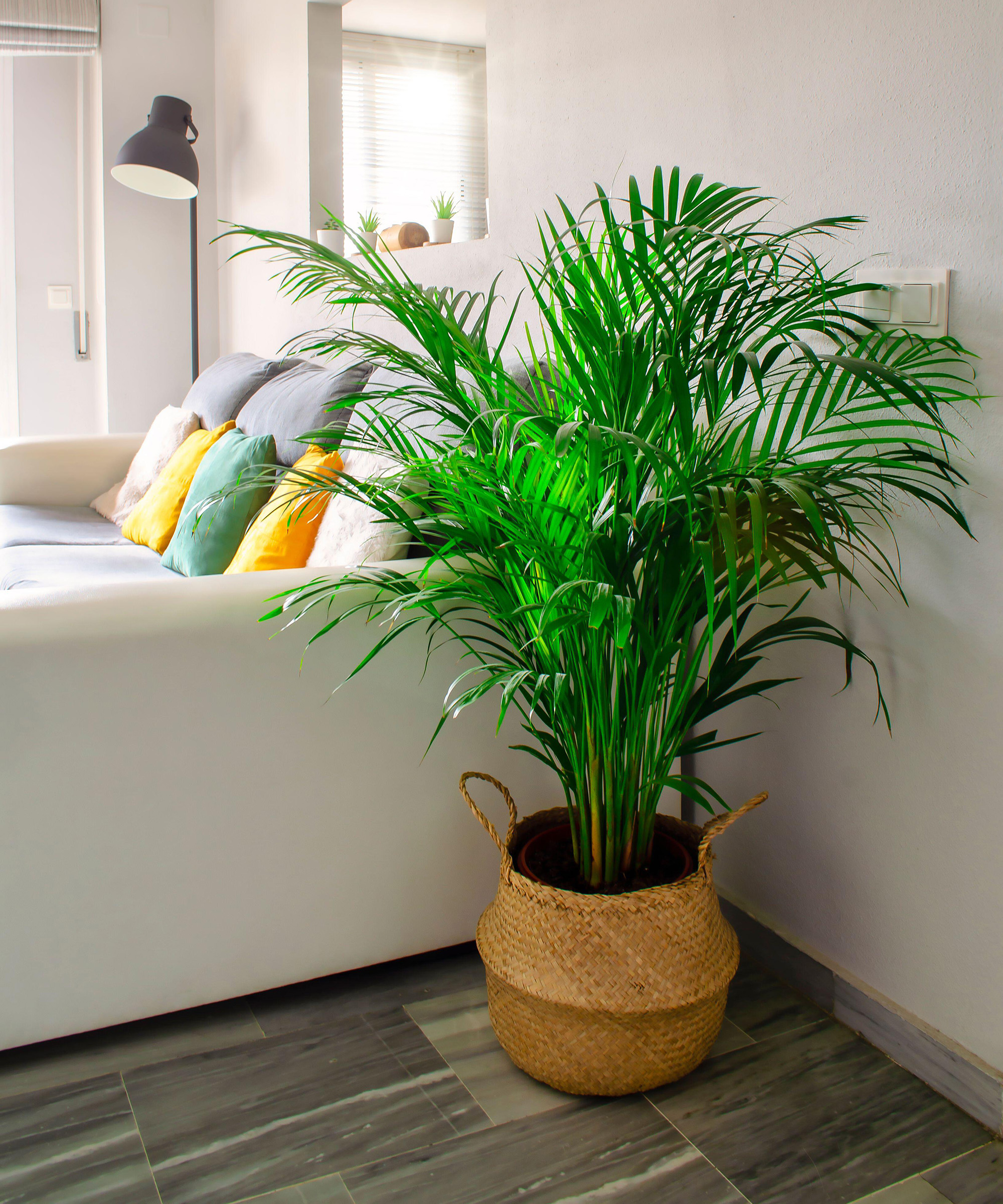
The areca palm is thought to reduce levels of airborne bacteria and mold spores and to absorb small quantities of VOCs. Also known as the butterfly palm because its fronds are said to resemble these beautiful insects, this tall plant requires space to develop its wide, arching leaves. But if you have a suitable room, it’s a low maintenance indoor plant which is very easy to care for.
Set it in filtered sun and keep it away from radiators in winter. Water when the top of the compost feels dry, reducing irrigation even further in winter when the plant is dormant. Mist the fronds regularly from spring to autumn, and apply a balanced liquid fertilizer about two or three times during the same period.
4. Dragon plant (Dracaena fragrans)
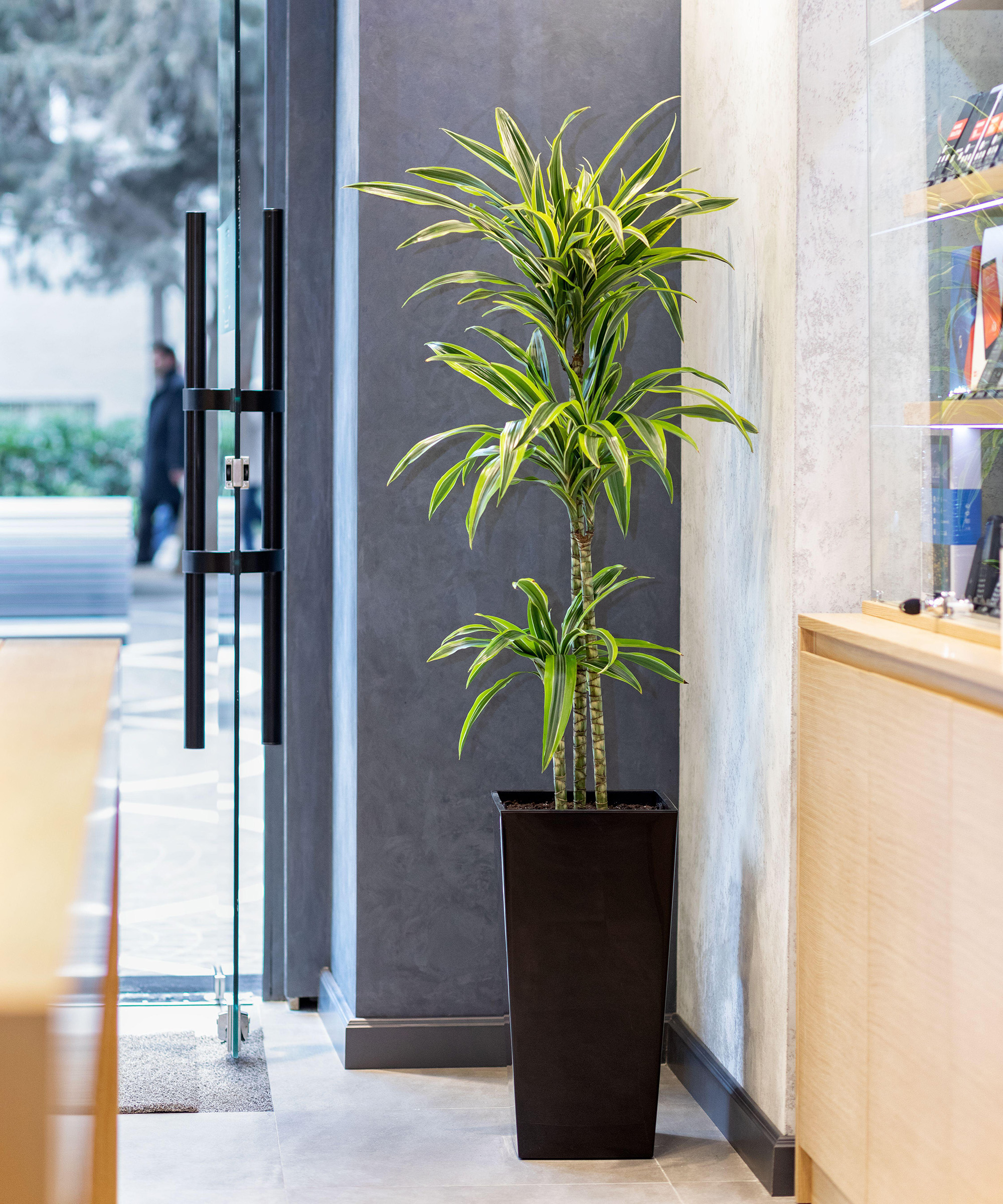
A perfect plant for beginners, the dragon plant strikes a pose with its spiky variegated foliage, while recent research shows that they're the best air purifying plants for absorbing acetone, found in nail varnish products. They're also thought to help reduce molds and bacteria from the air.
Tolerant of a wide range of light levels, except direct sun, this could make a good low light indoor plant. Use it to dress up a gloomy corner in a living room or bedroom.
Keep the compost moist from spring to fall, watering more sparingly in winter, and mist the foliage occasionally. Feed with a half-strength balanced liquid fertilizer every two weeks from spring to early fall.
5. Bamboo palm (Rhapsis excelsa)
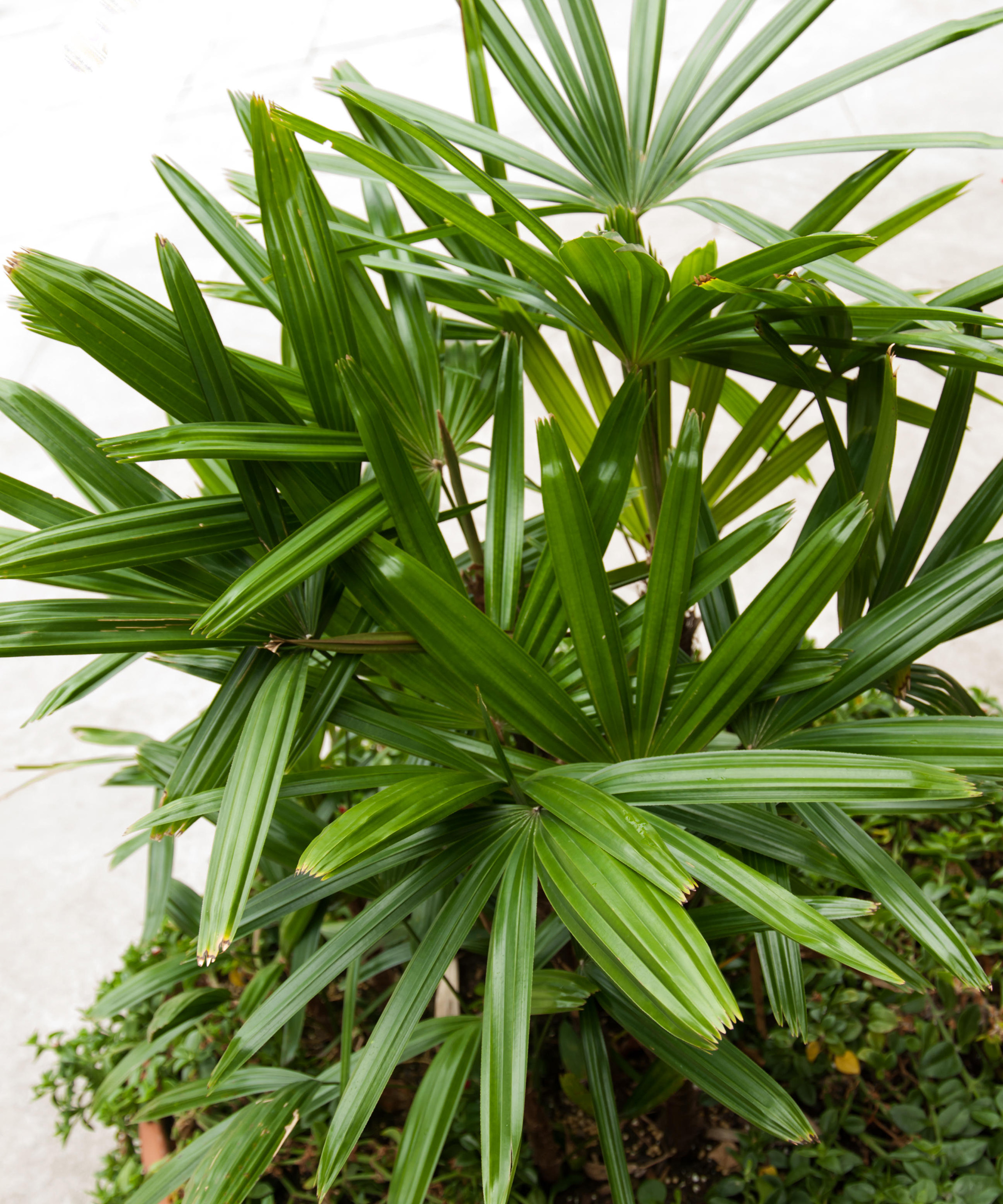
One of the easiest palms to grow in your home, this large decorative plant may also help to lower levels of pathagons such as bacteria and molds in the air.
Blunt-ended, ribbed fronds grow from tall bamboo-like stems, which can reach up to 6ft (2m) or more in height. Not an option for small homes, this big beauty needs plenty of space to shine, but it will tolerate low light conditions.
Keep the compost moist from spring to fall, then reduce watering in winter, applying it only when the surface feels dry. Mist the leaves regularly in summer, and feed with a balanced liquid fertilizer about two or three times from spring to fall.
6. Dumb cane ‘Camille’ (Dieffenbachia ‘Camille’)
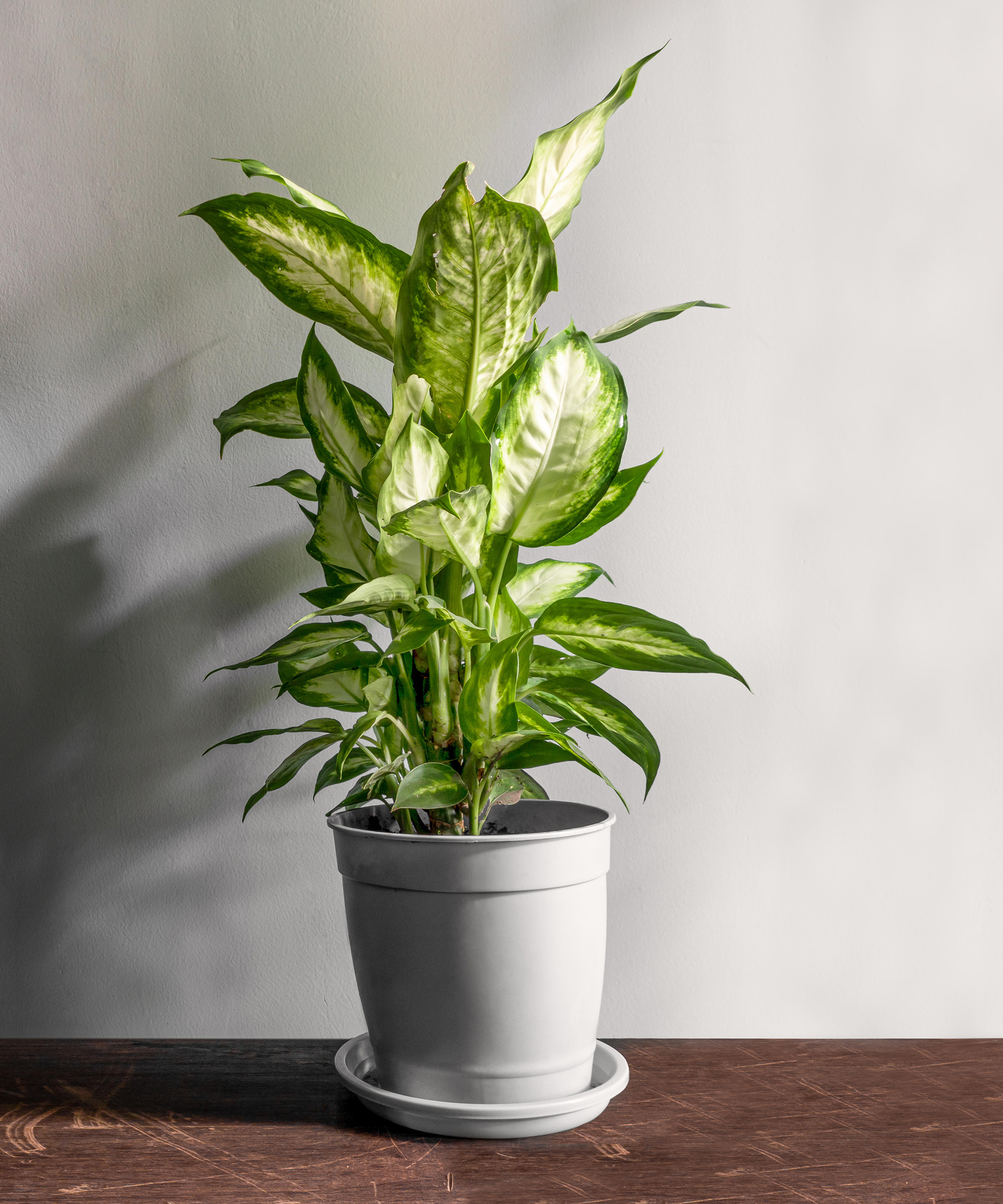
Prized for its striking duo-tone leaves, the dumb cane earns its credentials as one of the best air purifying indoor plants because it may help to absorb toxic gases given off by some paints when newly applied. And it’s believed to also reduce mold spores and airborne bacteria.
Ideal for a tabletop when young, mature plants can reach up 5ft (1.5m) in height and are more suited to a large pot on the floor.
Set it in filtered sun or light shade for the best leaf color, and keep the compost moist, reducing watering in winter when the soil should be kept almost dry. Mist the leaves occasionally and apply a balanced liquid fertilizer once a month from spring to fall.
7. Spade-leaf philodendron (Philodendron domesticum)
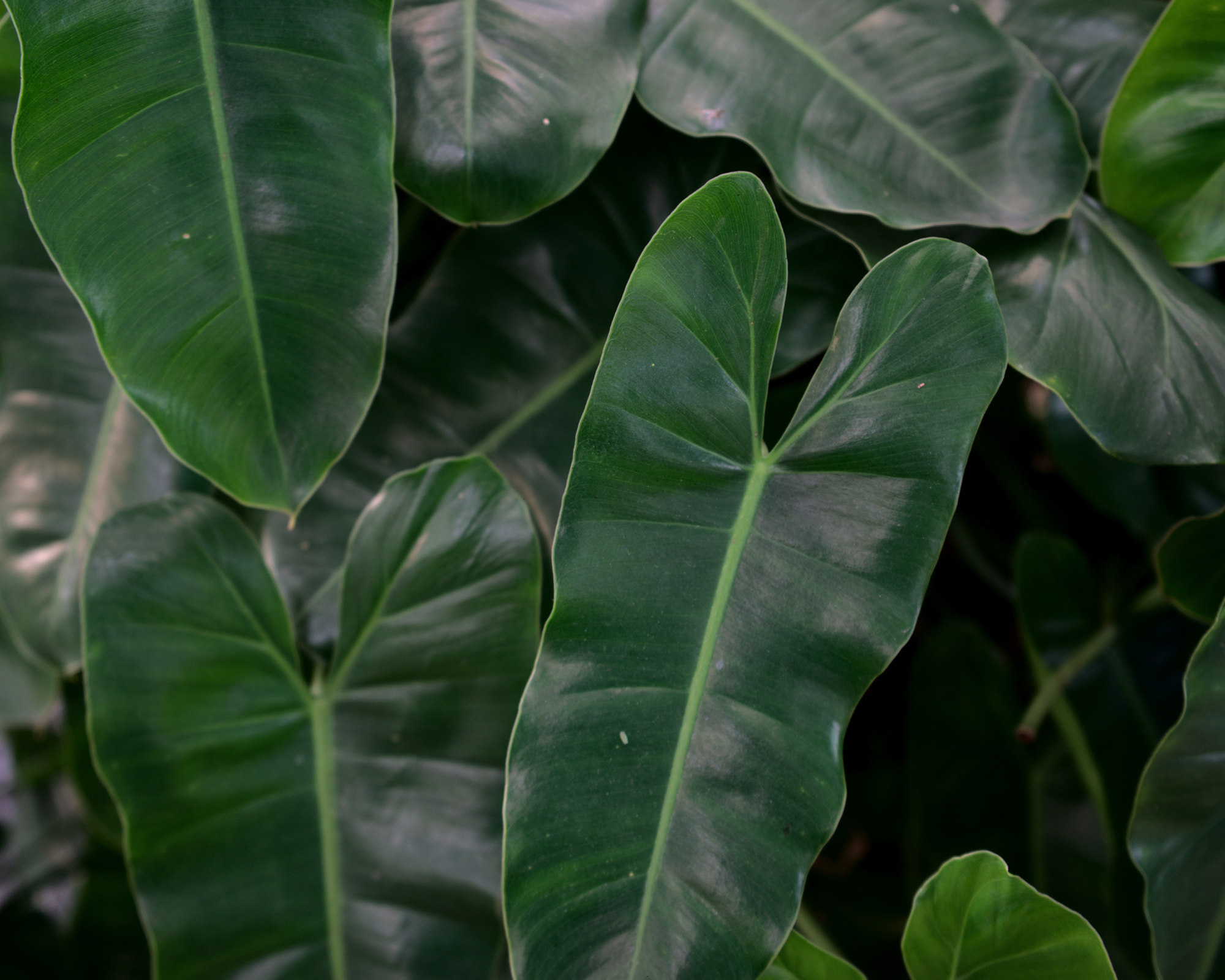
With large, slim heart-shaped leaves, this easy plant will help to reduce fungal spores and airborne bacteria, while also slightly reducing levels of formaldehyde, which is used in some glues, plywood and fibreboard.
If you're looking for a plant for bedrooms with limited natural light, this one will be happy in that sort of space. The flexible stems can also be used to scramble up a mossy pole or along wires fixed to a wall.
Keep the compost moist soil from spring to fall but don’t worry if you forget now and again, as it will tolerate periods of drought. Reduce watering in winter, allowing the top to dry out between applications. Add a balanced liquid fertilizer once a month from spring to fall.
8. Devil’s ivy (Epipremnum aureum)
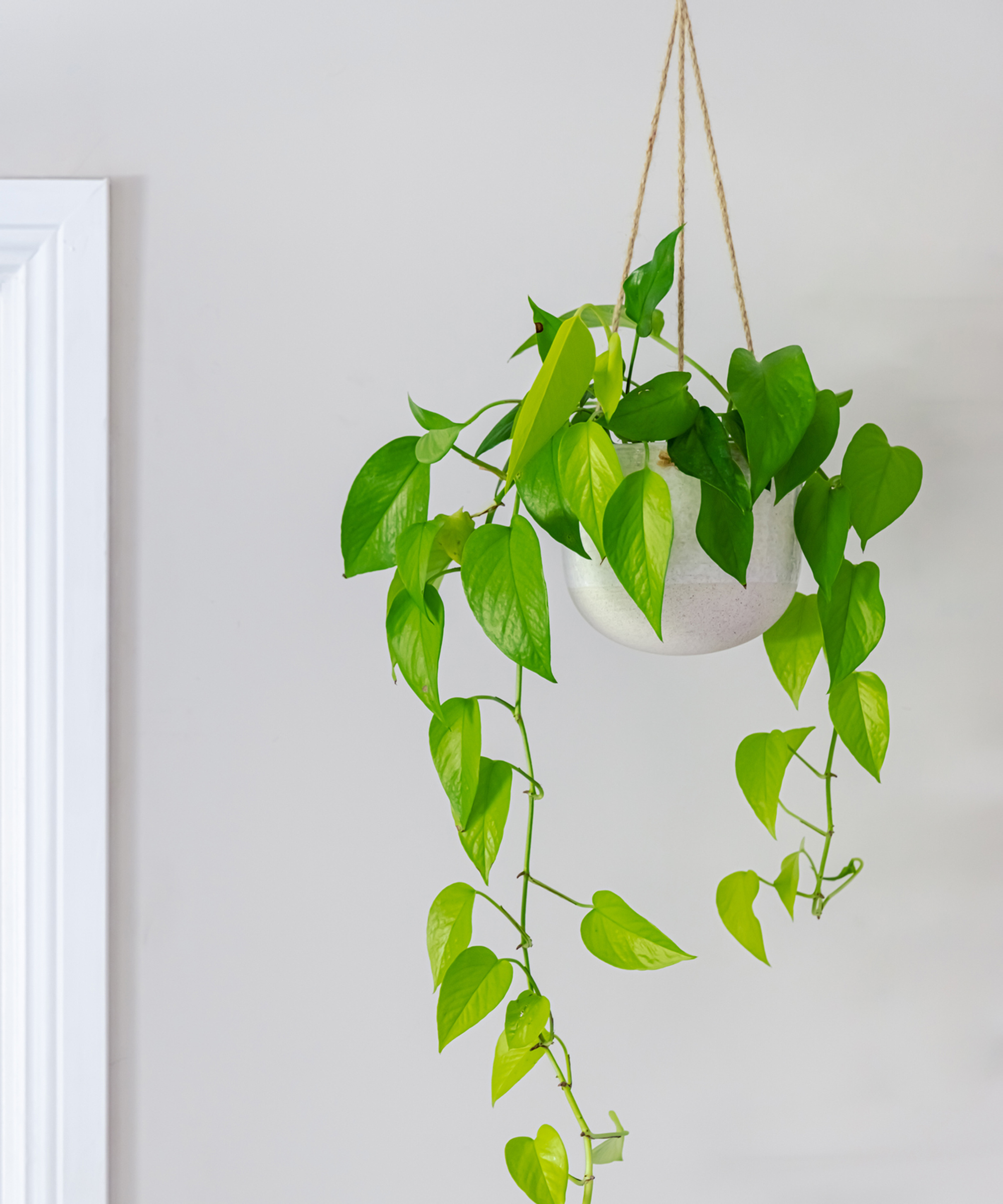
Beginners will love this easy-to-grow houseplant, which research shows helps to slightly reduce levels of benzene, as well as mold spores and airborne bacteria.
The devil’s ivy, or pothos as it’s also known, is tolerant of almost all light levels, bar direct sun. The flexible stems of heart-shaped leaves make this one of the best indoor hanging plants to trail from a hanging basket or climb up a mossy pole or along wires fixed to a wall.
Allow the top of the compost to dry out between waterings and keep the soil almost dry over winter. Apply a balanced liquid fertilizer once a month from spring to fall.
9. Goosefoot plant (Syngonium podophyllum)
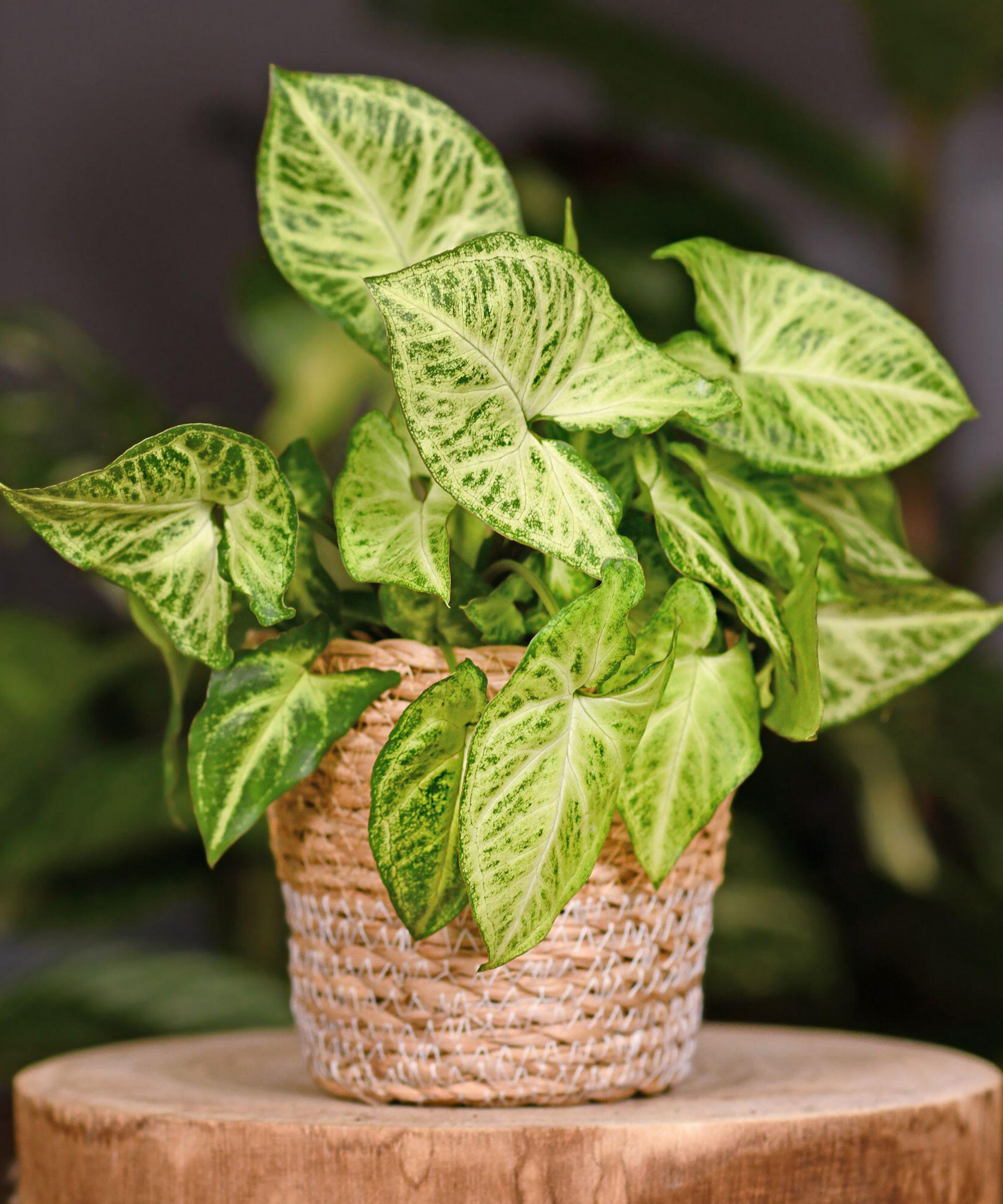
The goosefoot plant, or arrowhead vine, is a leafy trailing or climbing houseplant that has been shown to reduce airborne fungal spores and bacteria and absorb small quantities of VOCs.
Its elegant heart-shaped leaves are green with white markings and make a dramatic statement when trailing from a large hanging basket or climbing up a mossy pole – it may grow more upright when young but the stems soon start to wander.
Easy to grow, it will be happy in most rooms but prefers a position in filtered sun or light shade. Water when the top of the compost feels dry and reduce watering even further in winter. Mist the foliage regularly in summer, and feed with a half-strength balanced liquid fertilizer every fortnight from spring to fall.
10. Snake plant (Sansevieria trifasciata ‘Laurentii’)
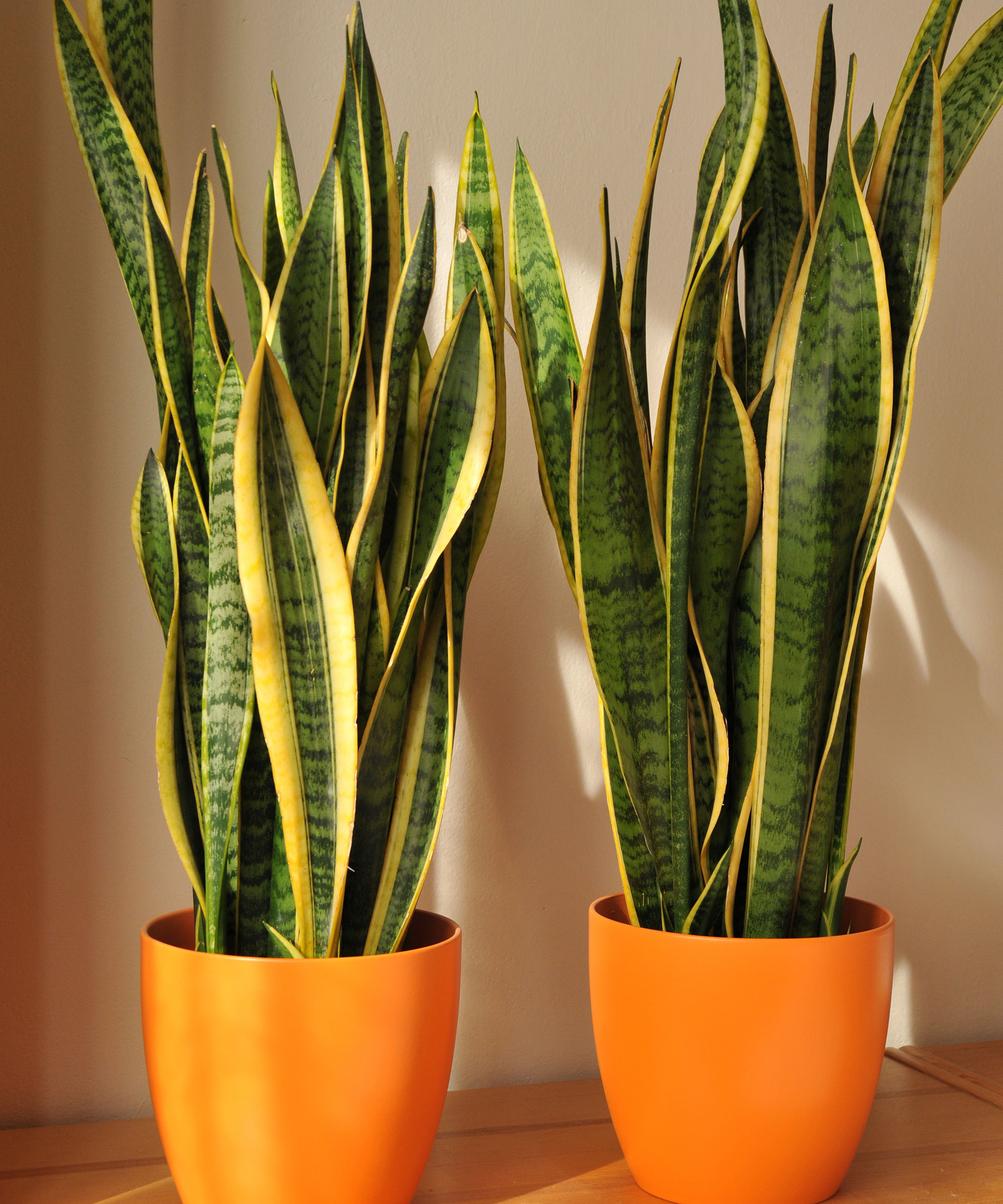
Also known as mother-in-law’s tongue, the snake plant is one of the easiest to grow, and will help to reduce airborne mold and bacteria in your home, as well as slightly lowering levels of VOCs. It produces clusters of compact, sword-like variegated leaves, making it ideal for small rooms, and while it prefers light shade, it will also tolerate lower light levels.
Snake plants are easy to look after as these air purifying indoor plants thrive on neglect and overwatering is one of the few ways you can kill them, so allow the top of the compost to dry out between waterings and reduce moisture levels even further in winter, so that the soil is almost dry. Apply a half-strength liquid fertilizer once a month from spring to fall.
11. Croton (Codiaeum variegatum)
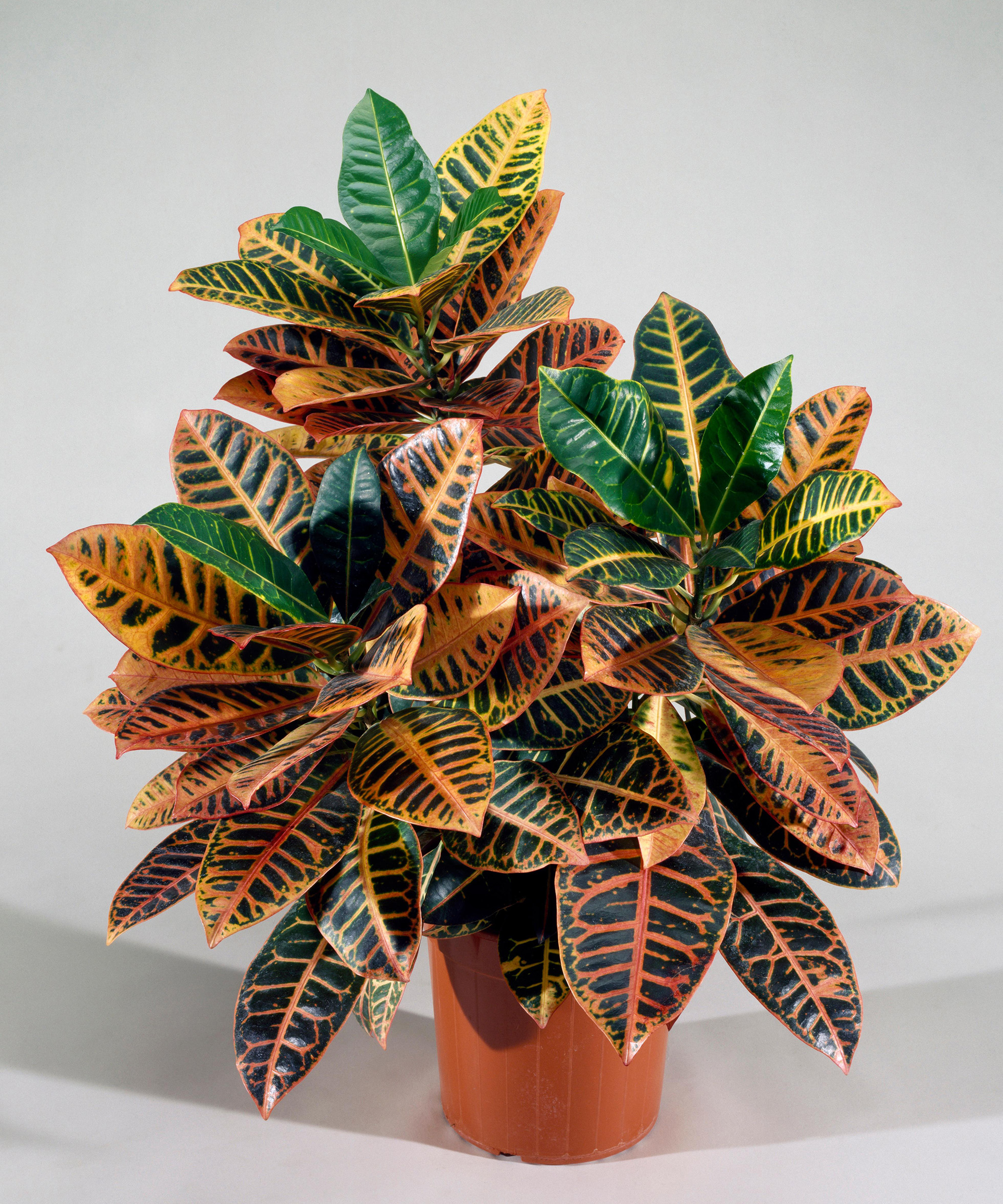
Ideal for brightening up a room with its multi-colored lobed leaves, research shows that the croton plant helps to reduce levels of mold and bacteria in the air. A true prima donna, this beauty is very demanding and best for more experienced house plant owners.
One of the best plants for bathrooms, a heated bathroom in particular would suit its requirements for high levels of humidity and constant warmth, away from drafts. Use tepid water to keep the compost moist from spring to fall and allow the top to dry out in winter.
Set it on a tray of damp pebbles to raise ambient humidity levels, but do not mist the leaves, and apply a balanced liquid fertilizer every fortnight from spring to fall.
12. Blushing bromeliad (Neoregelia carolinae)
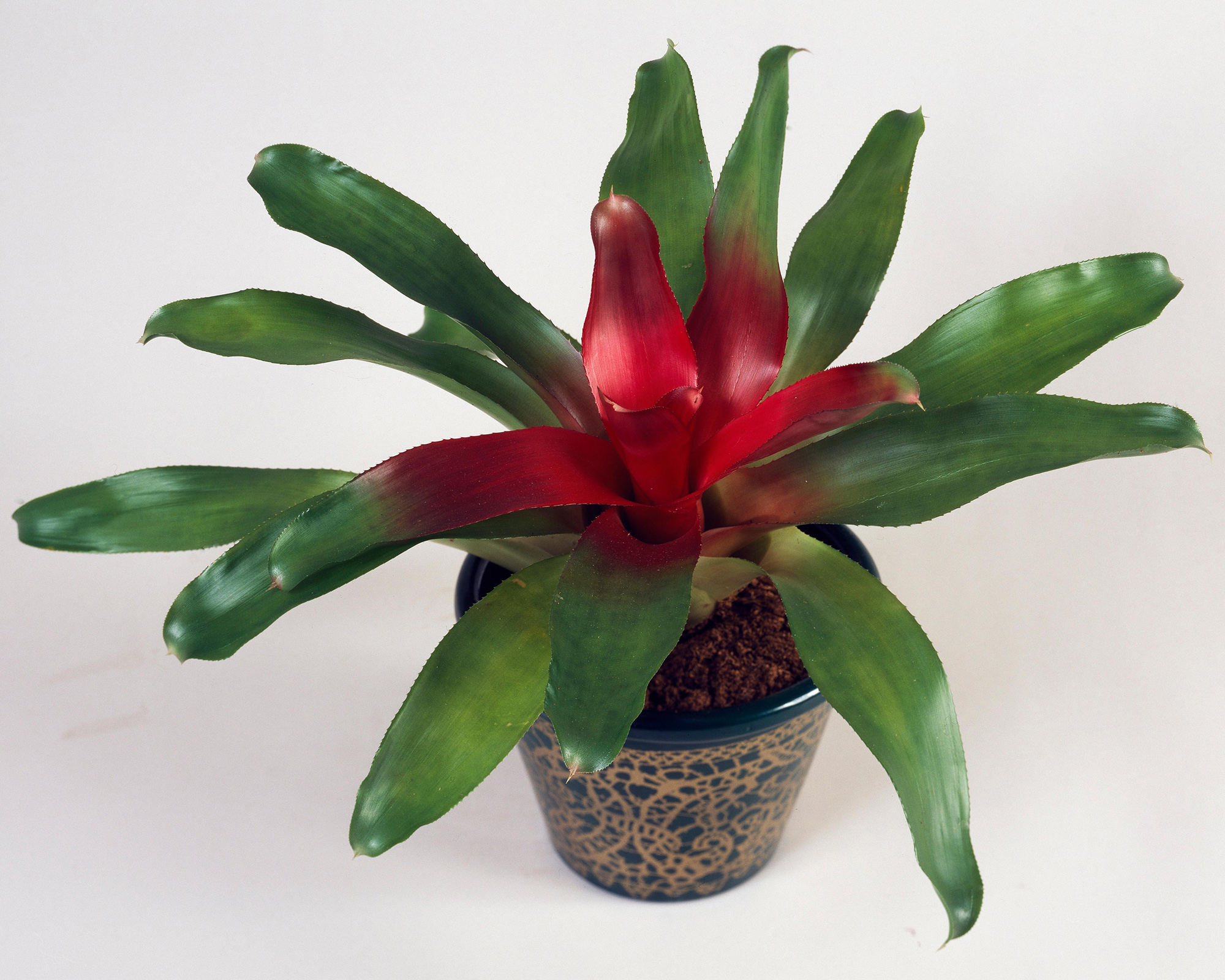
Recent research puts bromeliads at the top of the list of plants that help to remove VOCs from the air, so while one or two specimens may not do the same job as an air purifier, these little beauties are certainly worth a space in your home. The blushing bromeliad is one of the easiest bromeliads to grow, and sports glossy green or variegated leaves that are red in the center, and violet flowers surrounded by red bracts in summer.
Like the prayer plant, it's ideal for a bathroom or kitchen as bromeliads prefer high humidity levels. Water with tepid distilled or rainwater, allowing the compost to dry out between waterings, and also fill the well created by the leaves in the centre of the plant, replenishing the water here every 4–6 weeks.
Mist the leaves with a half-strength liquid fertilizer once a month. When the flowers die, the whole plant will wither too, but it should form baby ‘pup’ plants around the edge to replace the parent.
What houseplants are good for purifying the air?
Plants with large leaves will absorb more carbon dioxide and release oxygen into the atmosphere, while moderating humidity levels in your home to help lower levels of pathogens such as fungal spores, bacteria and viruses.
Flowers do not photosynthesise, so a plant with small leaves and lots of blooms will not be as effective in boosting oxygen levels, but they do work together with the leaves to regulate humidity.
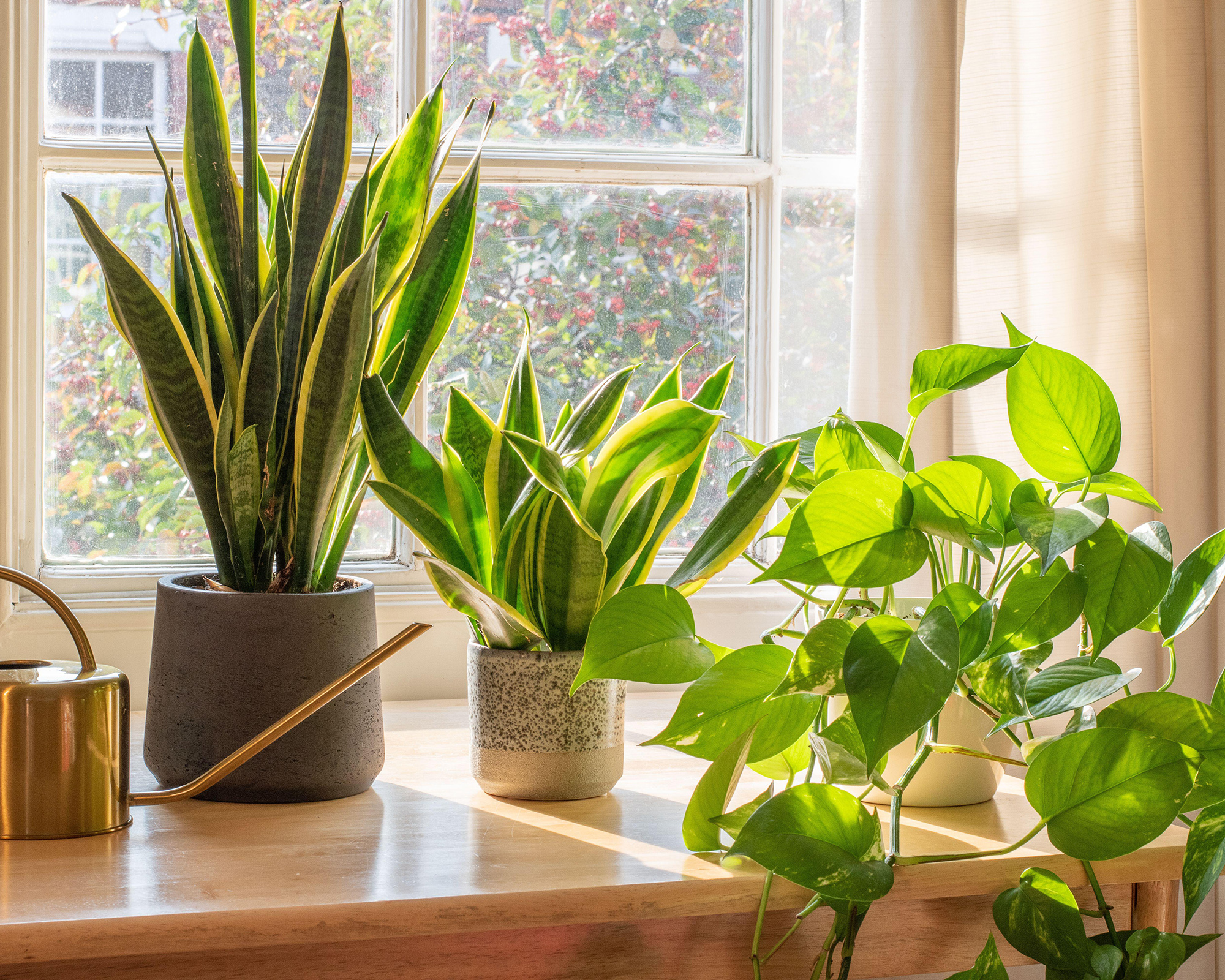
Which plant purifies the air the most?
Although research shows that plants do not remove large quantities of toxins from the air, a study by Dr Vadoud Niri, Associate Professor at OSWEGA State University of New York, and his team found that the dragon plant (Dracaena) absorbed the most acetone from the air, while bromeliads were best at neutralising a range of six VOCs.
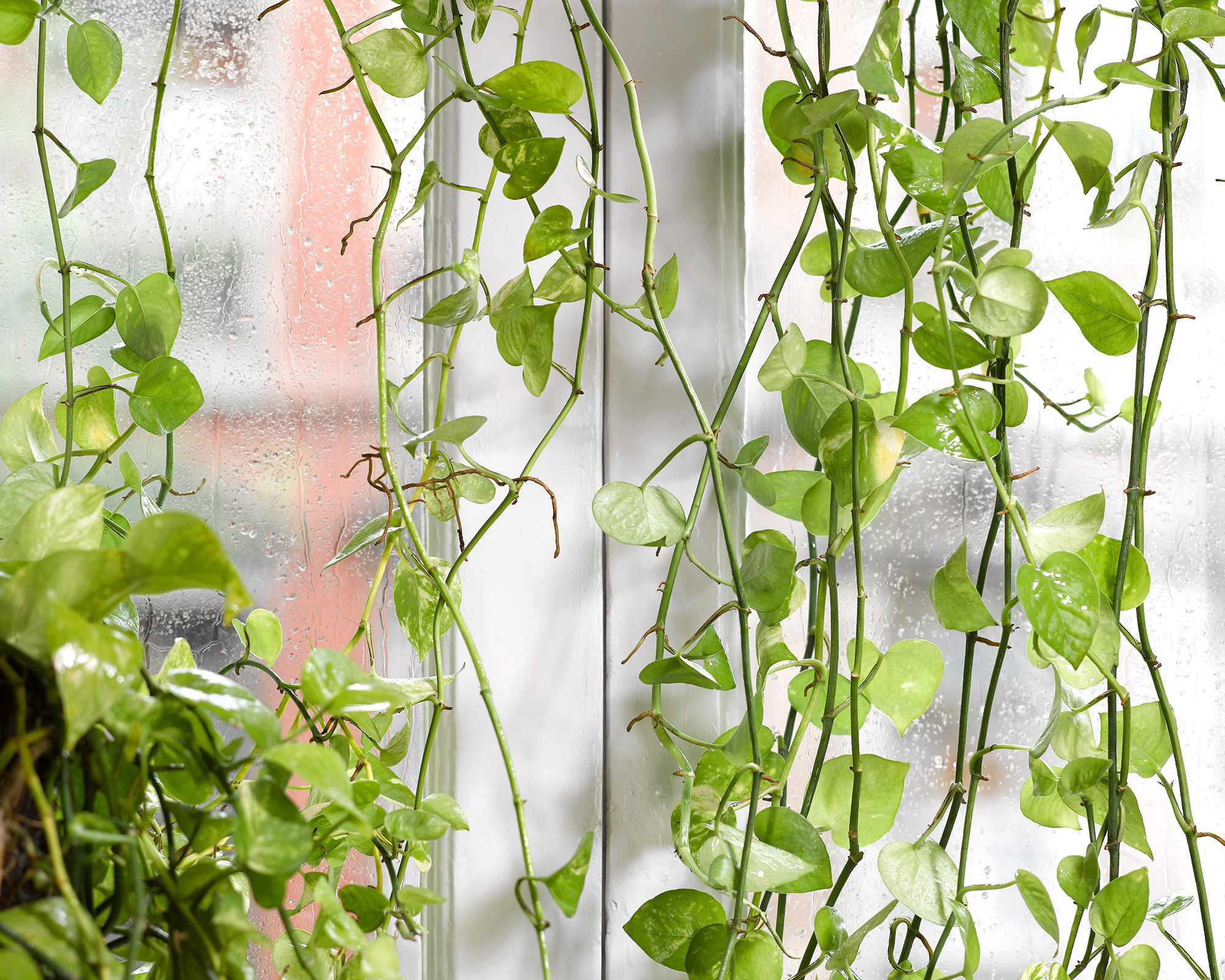
How many plants does it take to purify the air in a room?
Recent research found that you would need ten plants or more per square foot (30cm) to remove all the toxic VOCs from a room, which is obviously unrealistic, and as yet there is no research into exactly how many houseplants are required to reduce airborne pathogens such as molds to a level where they would do no harm whatsoever.
However, all houseplants absorb carbon dioxide and release oxygen, so include as many as you like in your indoor plant ideas and take these small benefits as a bonus.

Zia Allaway is a garden book author, editor, and journalist, and writes for a range of gardening and women’s magazines, including Easy Gardens, Homes & Gardens and Livingetc, as well as The Guardian and The Daily Telegraph newspapers. She has also written books for the Royal Horticultural Society and Dorling Kindersley publishers, including Eco-Gardening, Compost, Low Maintenance, Practical House Plant Book, Practical Cactus & Succulent Book, Indoor Edible Garden, What Plant Where, and the Encyclopedia of Plants and Flowers.
